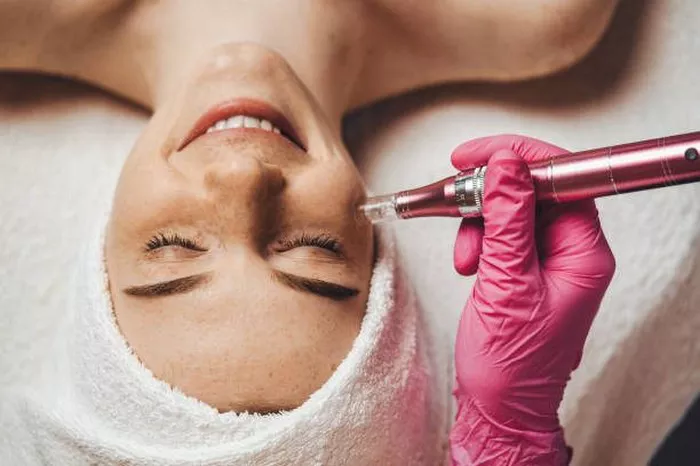Facial anatomy is complex, and understanding the different structures that make up the face is essential for anyone interested in cosmetic procedures. One structure that is often overlooked is the buccal fat pad. In this comprehensive guide, we will explore what buccal fat looks like, its function, and how it can affect the appearance of the face.
What is Buccal Fat?
Buccal fat is a pad of fat located in the cheeks, between the buccinator muscle and the facial muscles. It is present in everyone, but the amount of buccal fat varies from person to person. In some people, the buccal fat pad can be more prominent, leading to a fuller appearance in the cheeks.
What Does Buccal Fat Look Like?
Buccal fat is located deep within the cheeks, so it is not visible from the surface. However, in some people, the buccal fat pad can be more prominent, leading to a fuller appearance in the cheeks. This can create a rounder or more youthful appearance in the face.
In some cases, the buccal fat pad can become more prominent due to weight gain or aging. This can lead to a more pronounced and rounded appearance in the cheeks, which may be undesirable for some people.
Function of Buccal Fat
The buccal fat pad serves several functions in the face. It helps to cushion the muscles of the face and provides support for the overlying skin. It also helps to maintain the shape of the face and provides a youthful appearance.
While the buccal fat pad is an important structure in the face, it can also contribute to a fuller or rounder appearance in the cheeks. For some people, this may be desirable, while for others, it may be a source of dissatisfaction.
Buccal Fat Removal
Buccal fat removal is a cosmetic procedure that involves the removal of a portion of the buccal fat pad. This can help to create a more defined appearance in the cheeks and can be particularly beneficial for individuals with a rounder or fuller face.
During the procedure, a small incision is made inside the mouth, and the buccal fat pad is removed. The incision is then closed with dissolvable sutures, and the patient is typically able to return home the same day.
Buccal fat removal is a relatively simple procedure, but it is important to choose a qualified and experienced surgeon to perform the procedure. Like any cosmetic procedure, there are risks and potential complications associated with buccal fat removal, including infection, bleeding, and nerve damage.
Candidates for Buccal Fat Removal
Buccal fat removal may be a good option for individuals who are unhappy with the appearance of their cheeks and would like to create a more defined or angular appearance. Candidates for buccal fat removal should be in good overall health and have realistic expectations for the outcome of the procedure.
It is important to note that buccal fat removal is not a weight loss procedure and is not a substitute for a healthy diet and exercise. Individuals who are significantly overweight may not be good candidates for buccal fat removal.
Recovery from Buccal Fat Removal
Recovery from buccal fat removal is typically relatively quick and straightforward. Patients may experience some swelling and bruising in the cheeks for the first few days after the procedure, but this typically resolves on its own within a week or two.
It is important to follow all post-operative instructions provided by the surgeon to ensure a smooth and successful recovery. This may include avoiding certain foods or activities for a period of time after the procedure.
Results of Buccal Fat Removal
The results of buccal fat removal are typically visible immediately after the procedure, although some swelling and bruising may obscure the final results for a few days. Patients can expect a more defined and angular appearance in the cheeks, with a reduction in the fullness or roundness of the face.
The results of buccal fat removal are permanent, but it is important to maintain a healthy lifestyle to ensure the longevity of the results. This may include maintaining a healthy diet and exercise routine, as well as avoiding smoking and excessive alcohol consumption.
Conclusion
Buccal fat is an important structure in the face that helps to cushion the muscles and provides support for the overlying skin. While buccal fat can contribute to a fuller or rounder appearance in the cheeks, some individuals may be unhappy with this appearance and may opt for buccal fat removal.
Buccal fat removal is a relatively simple procedure that can create a more defined and angular appearance in the cheeks. Candidates for the procedure should be in good overall health and have realistic expectations for the outcome of the procedure.
If you are considering buccal fat removal, it is important to choose a qualified and experienced surgeon to perform the procedure. With the right technique and care, you can achieve a more defined and youthful appearance in the cheeks and boost your confidence.


